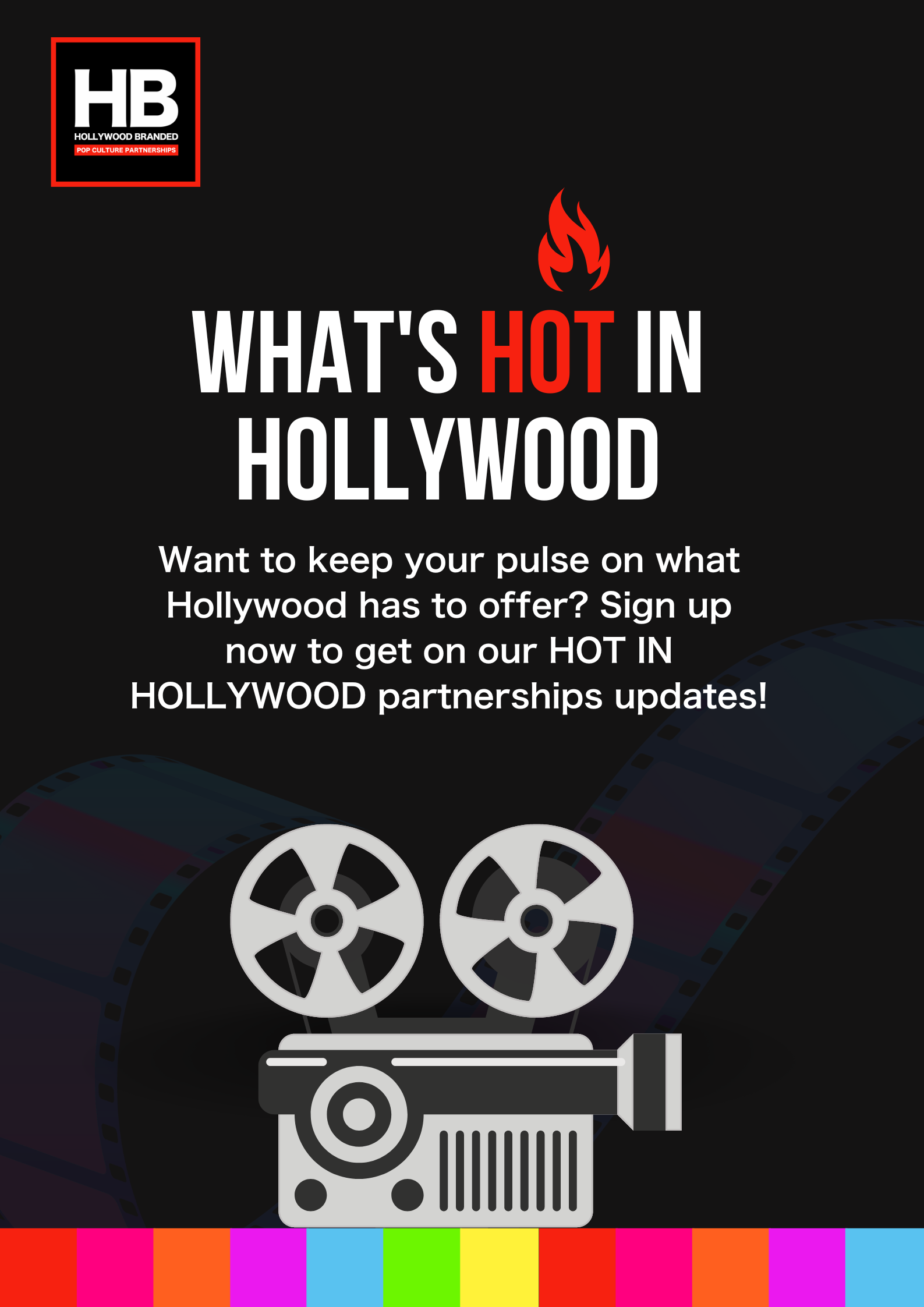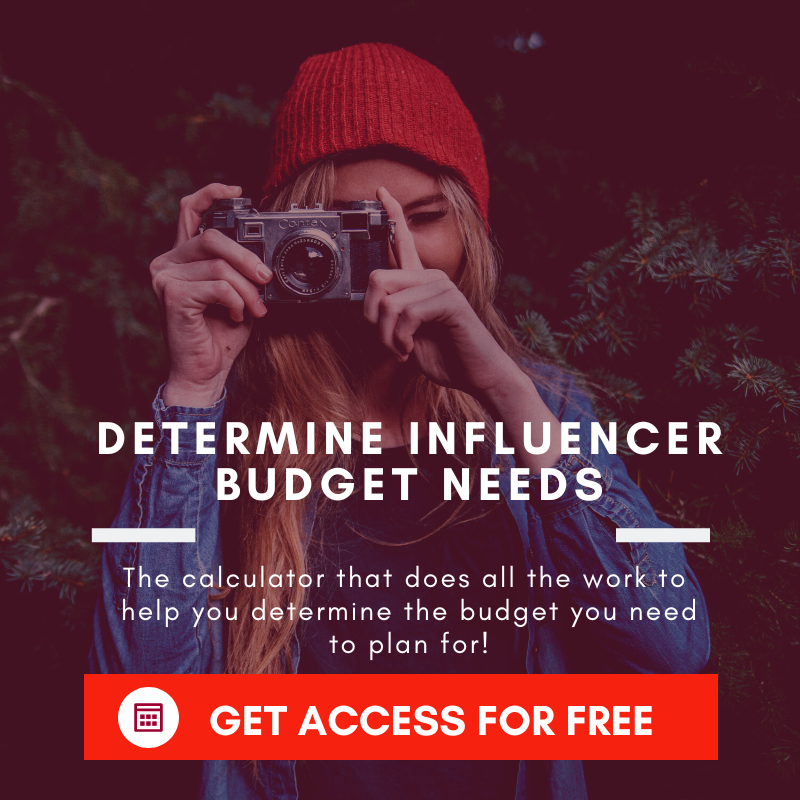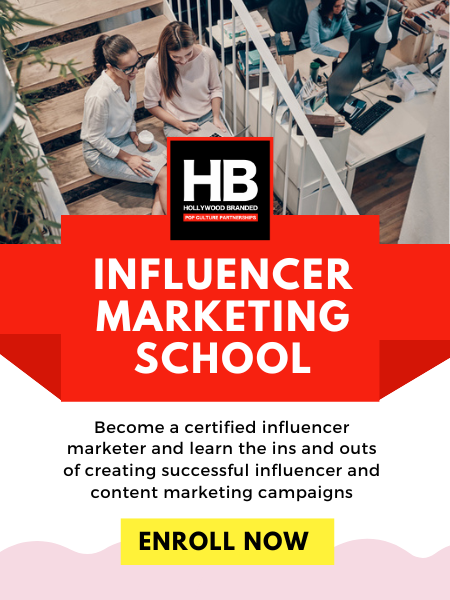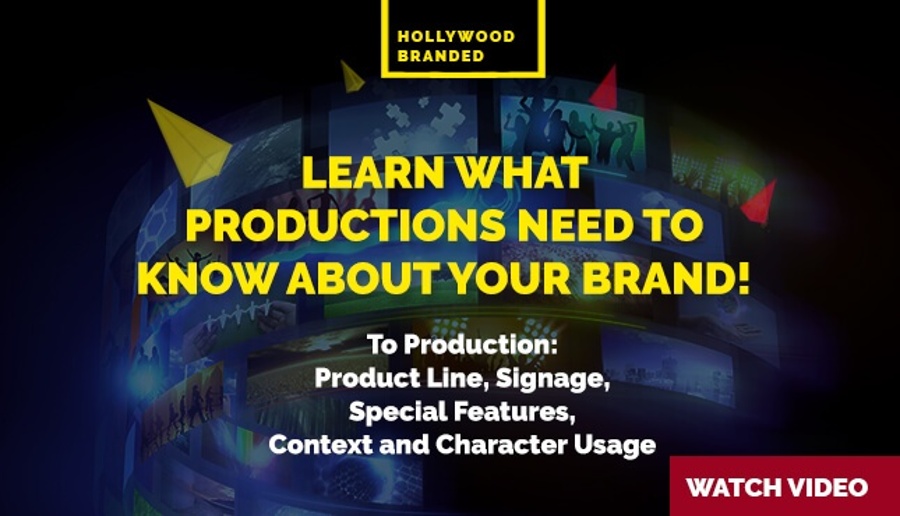Using Engagement Metrics The Right Way: Success Through Facebook
Table Of Contents
Achieving The Impossible
Second only to Excel sheets, Engagement is a foundational concept in marketing that involves moving the hearts and minds of your target audience. Since the advent of online advertising, clicks have been viewed as proxies for the traditional notion of engagement. However, in many cases, these click-based forms of engagement do not align with the desired business outcomes of your content.
The dual meanings of engagement in traditional marketing and online advertising have been challenging for many marketers. In this blog, Hollywood Branded explains how to use engagement metrics to achieve business success through Facebook.

Engagement Doesn’t Always Equal “Yes”
On Facebook, engagement is measured as percentage. This percentage is based on how many people saw a post and liked, shared, clicked, or commented on it. There are four main events that occur when an individual chooses to engage with a post:
- Notice -The post has captured the person’s attention
- Interest - the post has captured the person’s interest
- (Potential) Persuasion - the post has influenced the attitudes or intentions of the person. Content that does not highlight the brand or lacks a messaged aligned with the campaign’s objectives may be interesting to the person, but it may not persuade individuals to feel a certain way about the brand or take action. Someone can find the delicious hamburger awe-inspiring in your post, but if tasty beef sandwiches are not associated with your brand, people won’t make that connection. There is no point in gauging brand metrics in this scenario.
- Expression - The person has chosen to express their interest with a like, share, comment, or click. It is not a necessity for content to be persuasive in order to generate engagement mainly because not all persuasive content results in engagement. It’s Yin and Yang.
Remember, there was a time when engagement wasn’t even a topic. Generating brand awareness is not strictly dependent on whether or not people engage with the content that is produced. They can still notice and become interested in the brand without ever clicking or scrolling through the content.
The Illusion Of Click Tendencies
There are two types of people on Facebook. There are those that swim in a sea of high volume content while sharing personal commentary and posts/photos of friends and family. Then, there are people who do not do any of this. These are the individuals who scroll feeds without ever engaging. They are the social observers of our internet world. Tendencies like these cannot be broken down into simple explanations via demographics and device usage. There is simply too much variation in post engagement rates to narrow down consistent norms engagement norms amongst these types of people.

It makes sense though. Low engagers are also unlikely to engage with advertising content. This would suggest that individuals who do click on advertising posts are, essentially, clickers of content. Ad engagement is a reflection of users’ tendencies to click on content, but low engagement rates do not suggest the post failed to persuade. In fact, more than 90% of offline sales come from those who don’t interact with ads during the campaign.
How To Use Engagement Metrics
Despite many publishers posting to engagement metrics as a sufficient proxy for understanding the impact of advertisement campaigns, industry research suggests otherwise. Yes, clicks have the ability to become strong indicators of success for online direct response campaigns; but research by Nielsen reveals limited correlation between clicks, offline sales lifts, and awareness.

So, utilizing engagement metrics may not be effective for measuring campaign performance. They can, however, be strategically implemented to supplement creative pre-testing. If you do use engagement metrics on Facebook, make sure these variables are constant:
- Audience - the same set of people must be compared. Click behaviors vary between audiences. Keeping these audiences constant when measuring engagement across your campaigns will alleviate discrepancies being driven by differences in audience type.
- Messaging Objective - Do you want brand awareness or offline sales? The two motives are correlated with different engagement rates, so make sure your objective doesn’t change when measuring engagement.
- Ad Placement - Engagement rates are higher on mobile ads than the traditional online environment. Ad placement is typically cleaner and aligned in a linear fashion with less distractions on mobile ads.
- Campaign structure - Engagement rates can be impacted by budget, duration and flighting of campaigns.
With these constants in place, you are least likely to be led astray when measuring engagement across your Facebook campaigns.
Keys To A Successful Campaign On Facebook
Backing your creative strategies with pre-planning and engagement measuring is not enough to measure overall success. You'll need the tools for creating a campaign.
1. Decide what your goals and metrics are outright - Ensure there is a plan for measuring the campaign’s impact with metrics that are rooted in your business objectives. Facebook offers an expanding set of 1st and 3rd party measurement options, including the Facebook conversion pixel, Offline Conversion Measurement, and Nielsen Brand Effect to help measure key business metrics.
2. Nail down a target audience - Begin with the full set of potential consumers that can help your brand achieve its goals. You can define your segments through demographic, interest, behavioral, and location data on Facebook or using your own customer data through Custom Audiences.
3. Design Creative that reflects your brand and resonates with your
audience - Best practices for persuasive content on Facebook align with best practices in traditional media: grab attention, demonstrate benefits, and link to brand equity. Moreover, embrace the diversity within your target audience and develop custom ad creative for each of your audience segments.
4. Advertise to your target audience at scale - With quality creative in place, reaching a large percentage of your target audience will ensure your impact scales to levels that drive business results.

If you’d like to learn more on how to create an A+ social media presence, be sure to check out these other Hollywood Branded blogs!
- Why Brands Can Benefit From Micro-Influencer Partnerships
- 3 Qualities To Look For In A Social Influencer
- 4 Trends For Influencer Marketing In 2019
- 5 Steps For Brands To Stand Out On Instagram
Hollywood Branded's Influencer Marketing & Brand Partnerships report is an in-depth report for brands and their agencies. This report is chock full of statistics, graphs, analytics, insights and over 300 bite sized direct influencer suggestions for brands to make campaigns run better. Get it now!!







